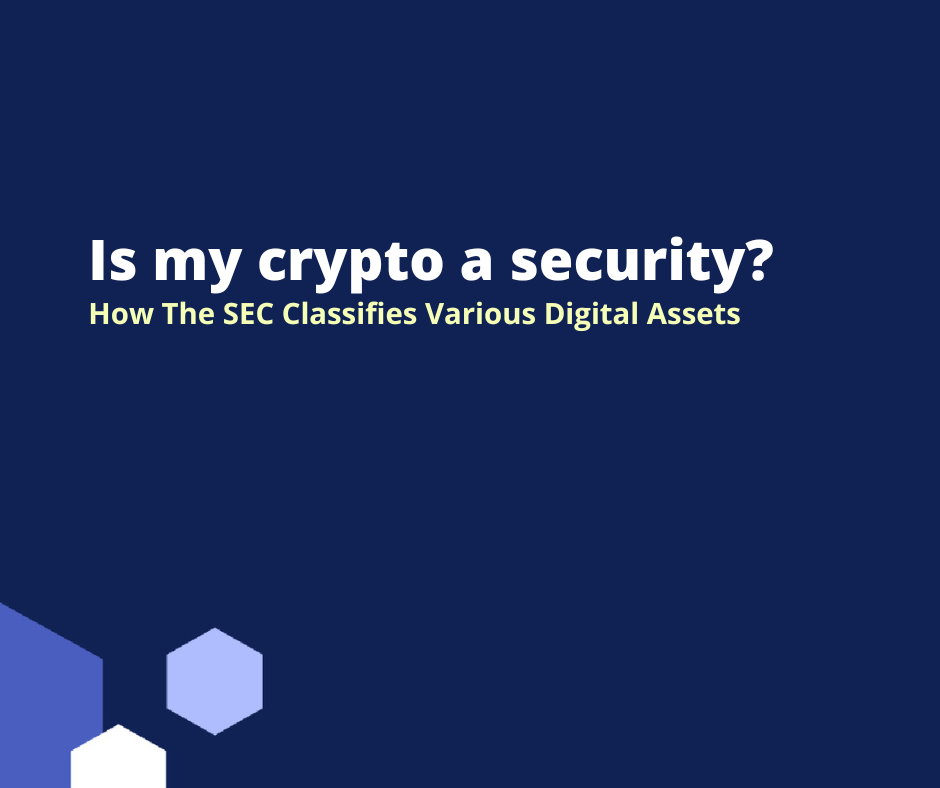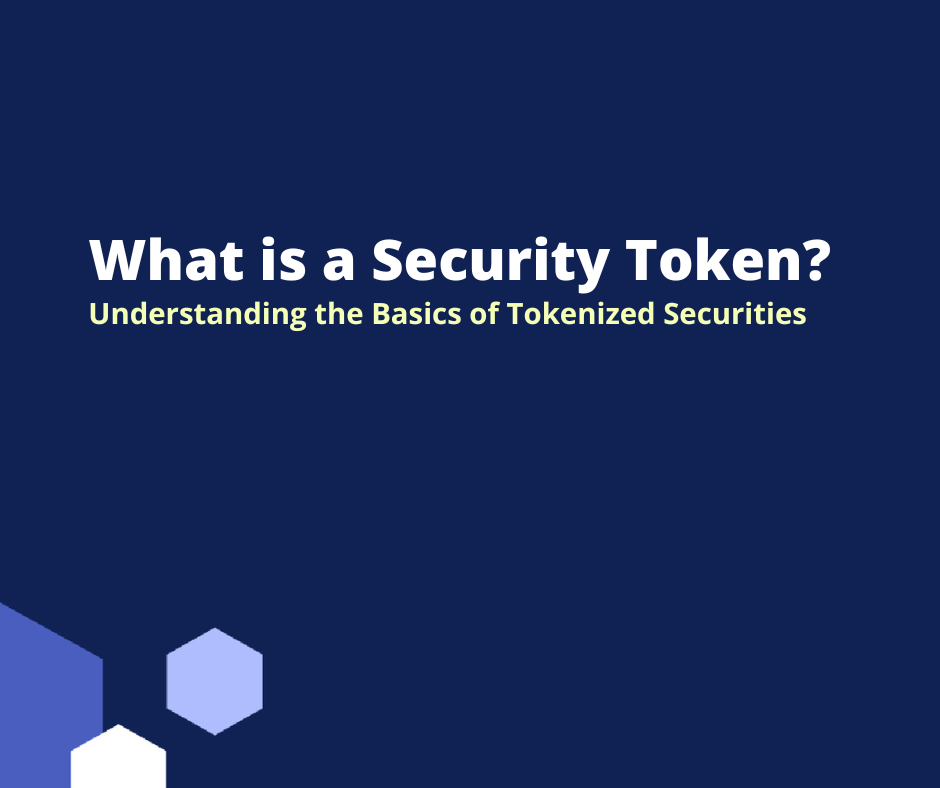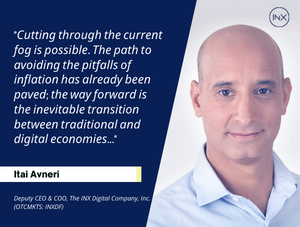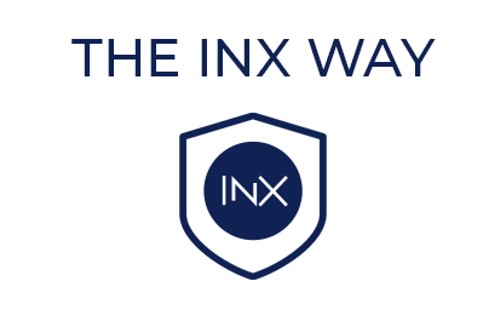Raising Capital Using A Security Token Offering
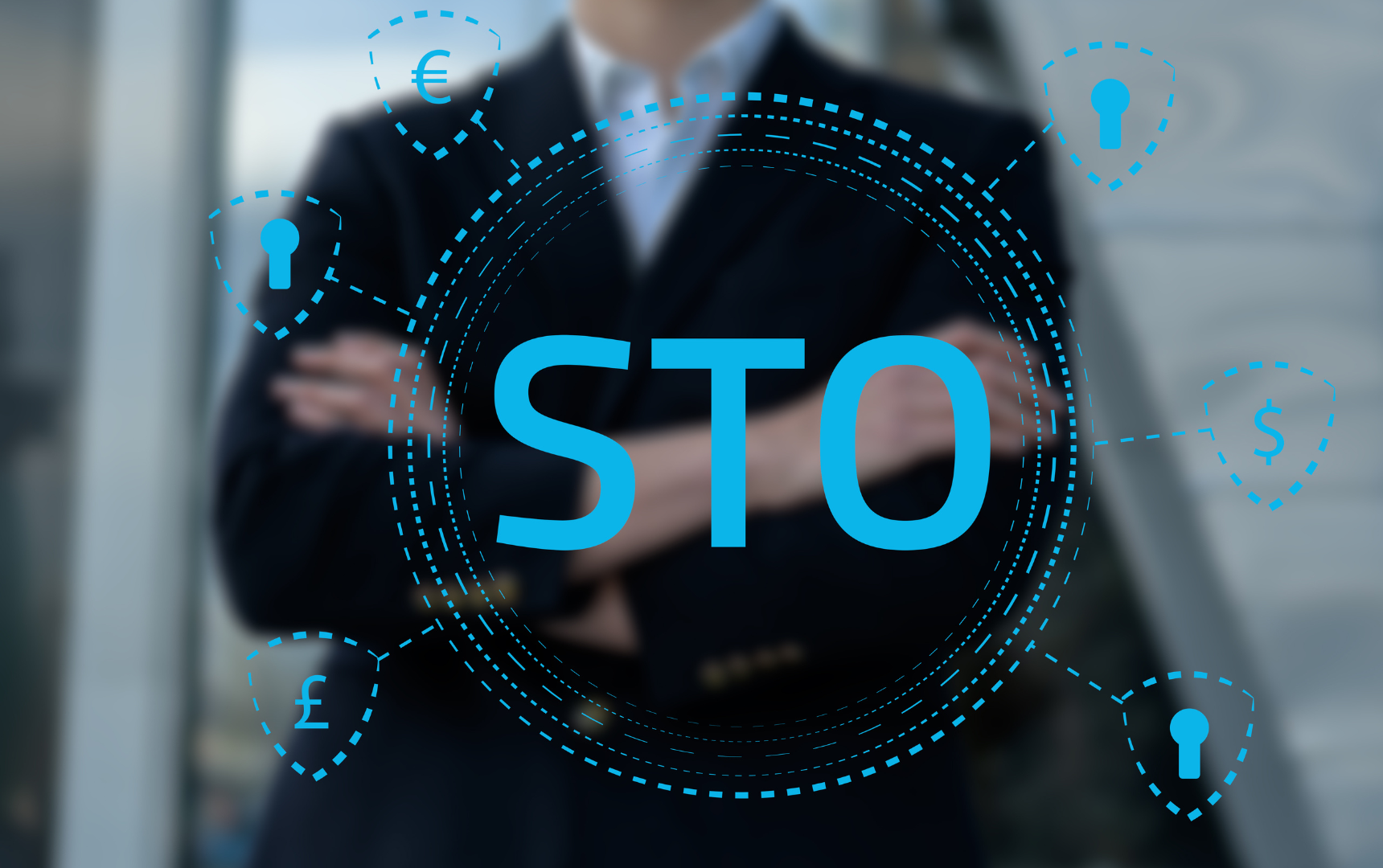
Blockchain has reshaped how companies of all sizes access markets and raise capital for their businesses. Initial Coin Offerings (ICOs) became popular with Ethereum´s 2017-2018 run and transformed into a symbol of how digital tokens can replace traditional markets in one of its most critical functions: raising capital. However, lack of scrutiny from regulators kept the vast majority of capital flows away from ICOs. That could all change thanks to security token offerings.
Security Token Offerings are a capital raising mechanism that combines the innovation and decentralization provided by blockchain with the scrutiny and oversight from traditional regulators. Like ICOs, STOs have all the advantages of blockchain: the absence of an intermediary party, the possibility of trading 24/7, and lower entry costs relative to traditional markets. However, unlike ICOs, STOs may require regulatory filings, in some cases comparable to those of an IPO, conveying a greater sense of transparency. In practice, STOs act like ordinary securities you can trade in regulated, digital markets.
A History of Public and Private Markets
Undoubtedly, capital markets play a crucial role in the success story of capitalism of the last few centuries. Since the Dutch East India Company launched its first stocks in 1602, ordinary people can buy shares and benefit from the companies´ results. However, becoming listed in public markets was never easy for a business, with many requirements in place. To name a few: quarterly audited results, disclosure of management information and decisions, and thresholds on minimum revenues a company must have to be listed by a stock exchange. In addition, investors trying to purchase stocks can only do it after AML & KYC checks, with limited business hours, and doing trades that may take up to 2 business days to settle. While IPOs were (and still are) a useful method to raise capital, some of their weaknesses inspired and empowered crypto-related alternatives.
On ICOs, projects fundraise capital in crypto by delivering the newly minted token in exchange for an existing one. The first and most popular ICO was ETH. Launched by Vitalik Buterin in Miami on July 2014, Ethereum´s founding team raised over 31 thousand BTC (worth over $18M at the time) in exchange for 60 million of this new token called ETH. People who joined the ICO paid an average of 30 cents per ETH. Over the course of 2017-2018 crypto bull run, more than 2,000 ICOs raised a cumulative total of over $10B. This resulted in many success stories, such as status, a messenger app that raised $270M in 3 hours. However, many more resulted in scams: right after the ICO, founders could simply ghost investors in Telegram and Discord channels and just disappear.
STO: The Best of Both Worlds For Raising Capital
As the number of ICO scams grew and some became public, skepticism increased. People embraced all of the blockchain advantages but wanted a door to knock on when things went wrong. With security token offerings, investors can trade 24/7 and on a crypto exchange like with ICOs but are buying tokens whose listing was authorized by the SEC (or equivalent regulator). Largely, STOs have two main differentiating factors from ICOs. Firstly, they are backed by real assets. STOs are also fully compliant with regulatory requirements. In practice, this means STOs are critical in the phenomenon of tokenization, the art of transforming real assets into liquid, fractionable and free-to-trade tokens.
Forecasts suggest the total value of tokenized assets could surge from $0.3 Trillion in 2022 to over $16 Trillion by 2030, a 50X growth in 8 years, meaning the opportunity is immense. In addition, STOs are gaining formal approval from regulators of many geographies, including the US, EU, UK, Israel, and Asia. Even more, countries like Singapore created specific exchanges for security tokens.
An Introduction to Security Token Offering Process Given that tokens are considered securities in this kind of process, the extra step an STO has, which isn’t present during an ICO, is SEC registration or an SEC exemption from registration such as Reg D or Reg S. INX was the first company in history to launch a regulated security token offering when we raised $86 million in our STO in 2021. Since then, we have been working with companies from across a vast spectrum of industries to make their capital raising dreams a reality through regulated security tokens. While the specific procedures depend on the country of registration, in the United States the SEC allows tokens to file for registration or exemption under many different regulations ( Reg D, Reg CF, Reg A+and Reg S), allowing all kinds of investors, and varied limits on the amount that to raise.
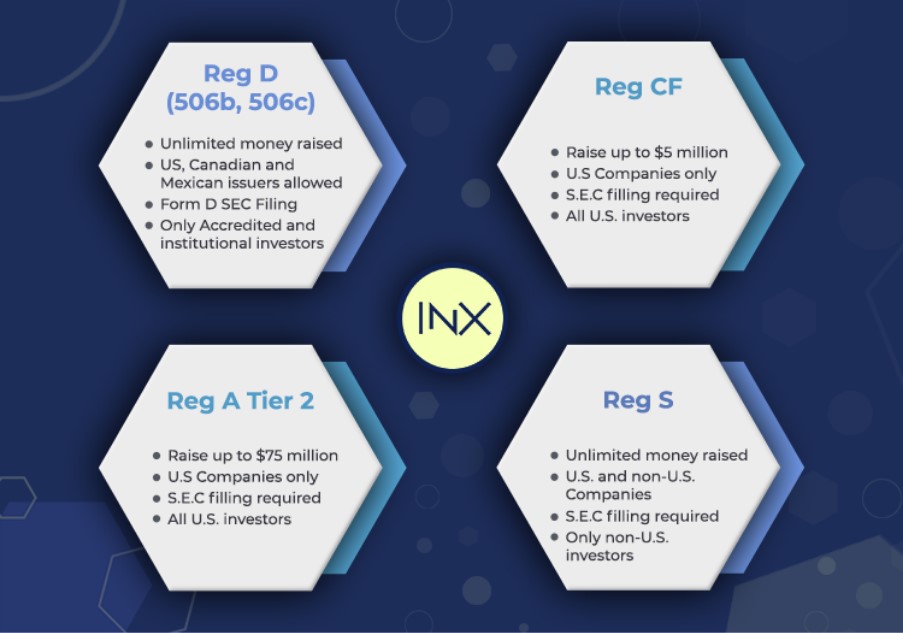
The regulator will conduct reviews to ensure the project meets the regulatory requirements in order to go live with the capital raise. After the regulator deems the filing complete, the process is relatively straightforward, with the token eligible for trading .
Not only does INX offer an end-to-end service for companies doing a primary raise, but also our regulated trading platform provides a source of secondary market liquidity for security tokens after they launch.
Want to learn more? Head over to our raise page to discover.
The INX Digital Company inc. December 21, 2022
The INX Digital Company inc. is a content writer and strategist for B2B SaaS companies. She writes content that helps brands convert visitors into paying customers.
